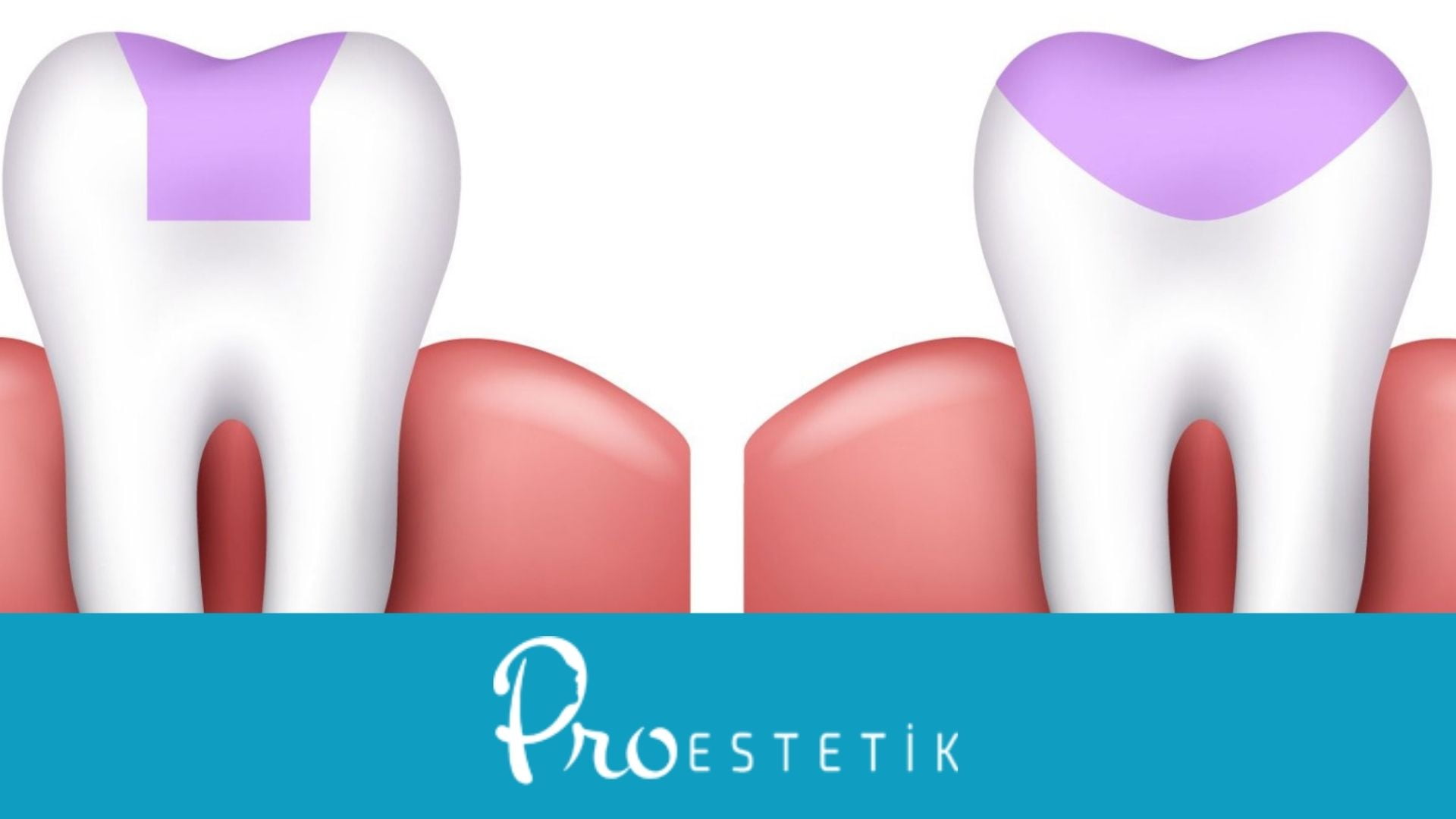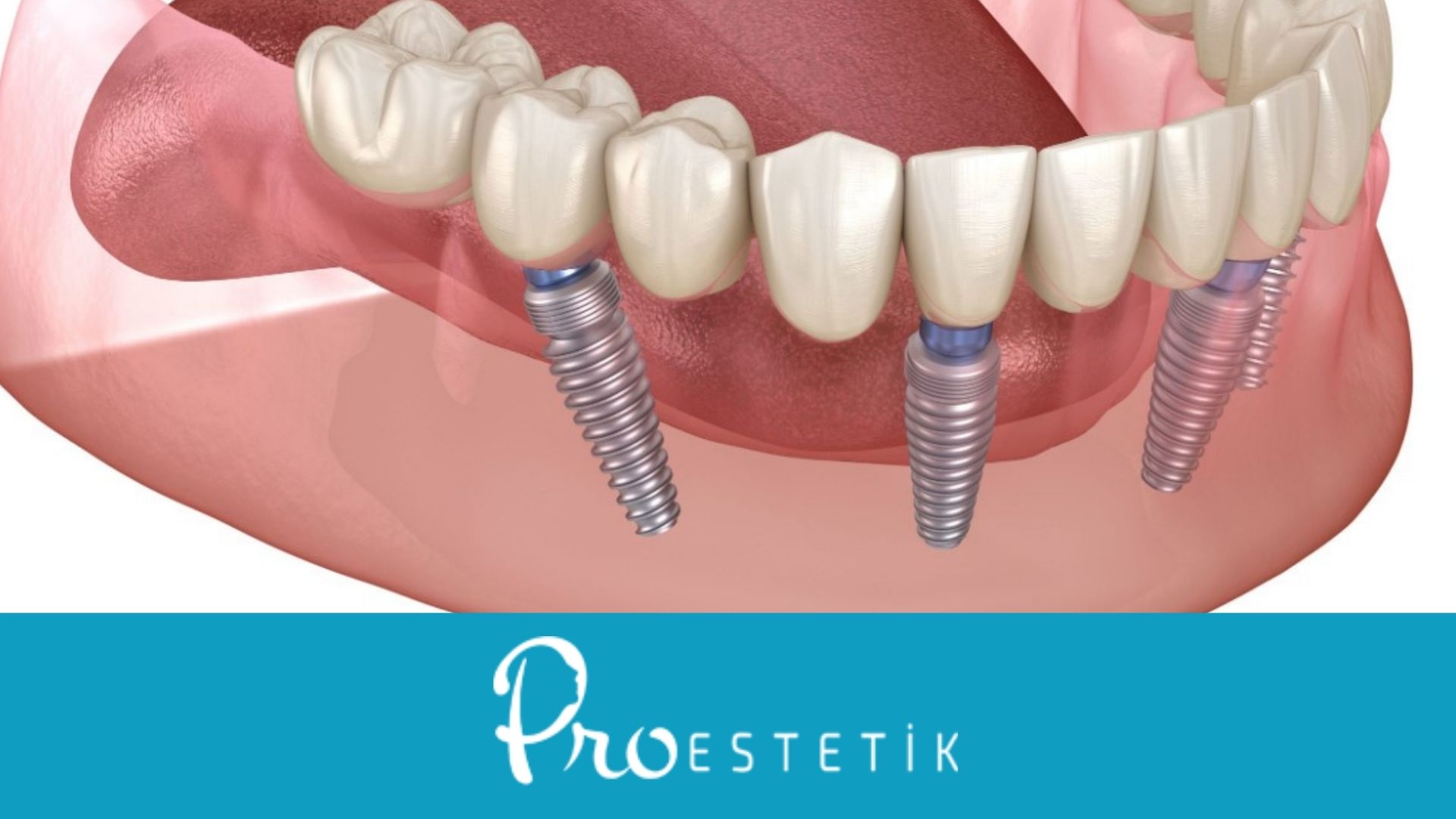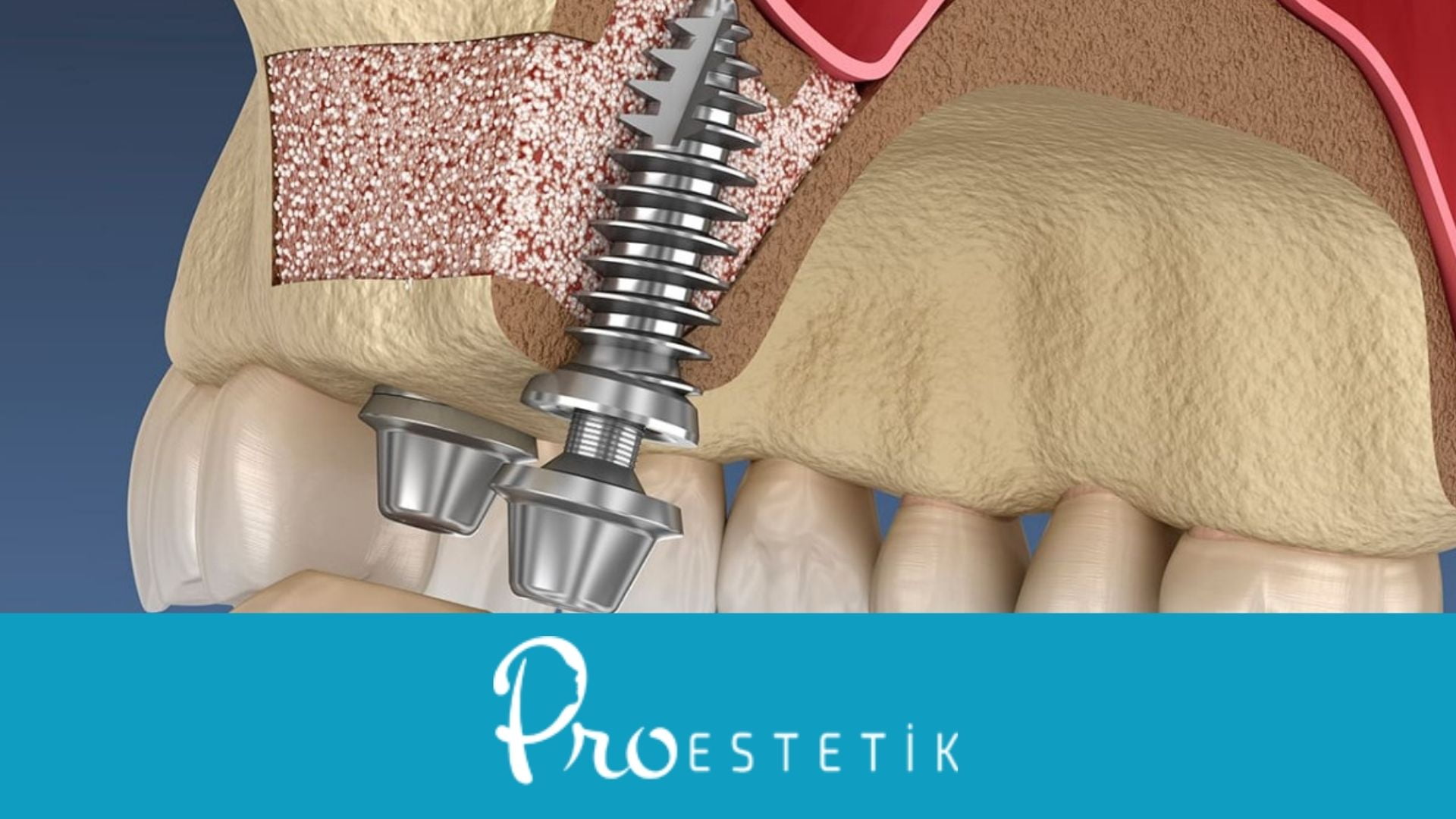The wisdom tooth, also known as the third molar, is a tooth that emerges or tries to emerge at the back of the jaw. It typically appears between the ages of 17 and 25. The process of its emergence is often described by many as very painful and uncomfortable. Therefore, wisdom tooth extraction is performed either through surgery or by normal extraction methods.
During this process, pain can occur in the tooth itself, as well as in the adjacent teeth, jaw, and palate. You can assess the symptoms of wisdom teeth to determine the situation. Nevertheless, consultation with a dentist is essential. Now let's examine what should be done after wisdom tooth extraction...
In this content, you will also find the answer to the question of whether everyone has wisdom teeth. The wisdom tooth, being the last tooth to emerge, struggles to adapt to the jaw structure. It often causes pain and abscess formation due to its inability to adapt to the jaw structure. The reason for all these problems is the lack of space in the jaw for the tooth to emerge.
Wisdom Tooth Symptoms

Before moving on to details about wisdom tooth extraction, let's talk about the symptoms of this tooth structure, which is a problem for almost everyone.
Many individuals experience problematic emergence or attempted emergence of wisdom teeth. Common symptoms of wisdom teeth include:
- Pain in the tooth and gums
- Gum sensitivity
- Pain radiating to the ear and jaw
- Swelling of lymph nodes
- Bad breath
- Pain while eating
If you experience these troubles, it is necessary to promptly visit a dentist for examination and wisdom tooth extraction. These are the symptoms of wisdom tooth pain.
How to Recognize Wisdom Tooth Emergence?
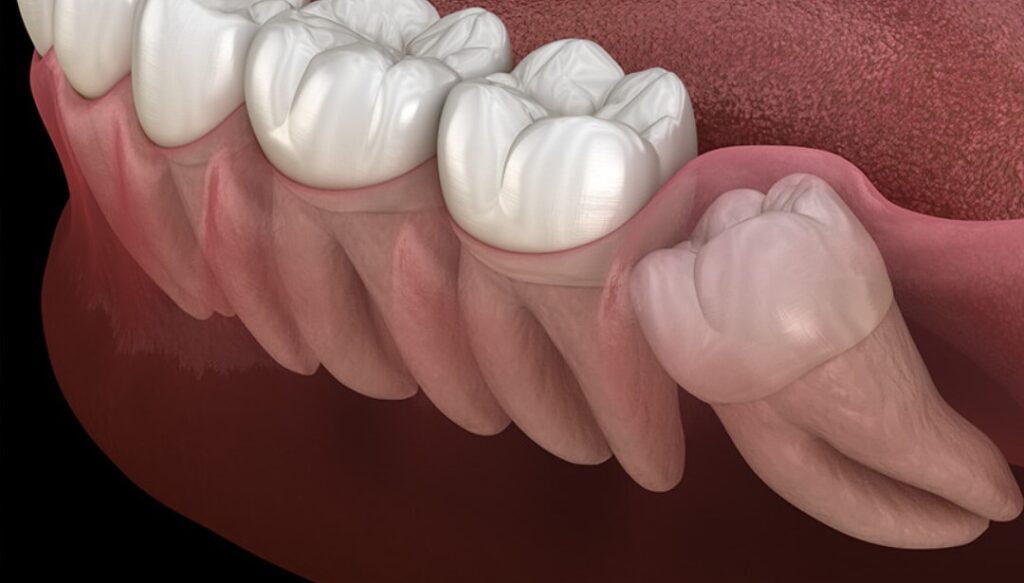
In some cases, these teeth can emerge at the wrong angle and may not be visible as they are embedded in the gum. These teeth, which damage the jaw structure, typically cause severe pain, indicating their emergence. Sometimes, in addition to pain, symptoms such as abscess formation and swelling are observed.
Does Everyone Have Wisdom Teeth?
Wisdom teeth, also known as third molars, generally emerge in everyone. However, in some cases, the tooth may remain impacted. In other words, the tooth emerges and reaches its normal size but cannot break through the surface of the jaw. In this case, it may be thought that the wisdom tooth has not emerged.
If you have problems in this regard, you can contact us for wisdom tooth extraction.
What Helps with Wisdom Tooth Pain?
The most recommended remedy is gargling with salt and warm water. Rinsing with warm water mixed with salt soothes the teeth. Gargling with baking soda water is also recommended. Another suggestion is to apply ice compress to the painful area.
Applied ice helps with both swelling and pain. Applying clove oil to a piece of cotton and placing it around the tooth and gum is also said to relieve tooth pain.
If these remedies do not work and the pain persists until wisdom tooth extraction is performed, using painkillers recommended by the dentist will help.
Should Wisdom Teeth Be Extracted?
Wisdom teeth, which emerge through a challenging process and cause severe pain, sometimes emerge without any problems and do not cause any pain. If no negatives such as decay or gum infection are observed, wisdom tooth extraction is not necessary.
Are Wisdom Teeth Beneficial?
Wisdom teeth emerge smoothly like other teeth and contribute to the chewing process if there is enough space in the jawbone. However, if there is not enough space in the jawbone, this is not possible, and wisdom tooth extraction is necessary.
Wisdom Tooth Extraction
Impacted, partially impacted, or crowded teeth; they can cause damage to the surrounding teeth, inflammation of the gums, bad breath caused by food accumulation, tooth decay, and tissue loss. Additionally, when there is not enough space, they can compress other teeth and cause a misaligned appearance. For these reasons, wisdom tooth extraction should be performed promptly.
To decide on the type of procedure to be performed, a dental X-ray is required. After examining the X-ray images, a decision is made whether to perform a regular tooth extraction or a surgical operation called wisdom tooth surgery.
How Is Wisdom Tooth Surgery Performed?
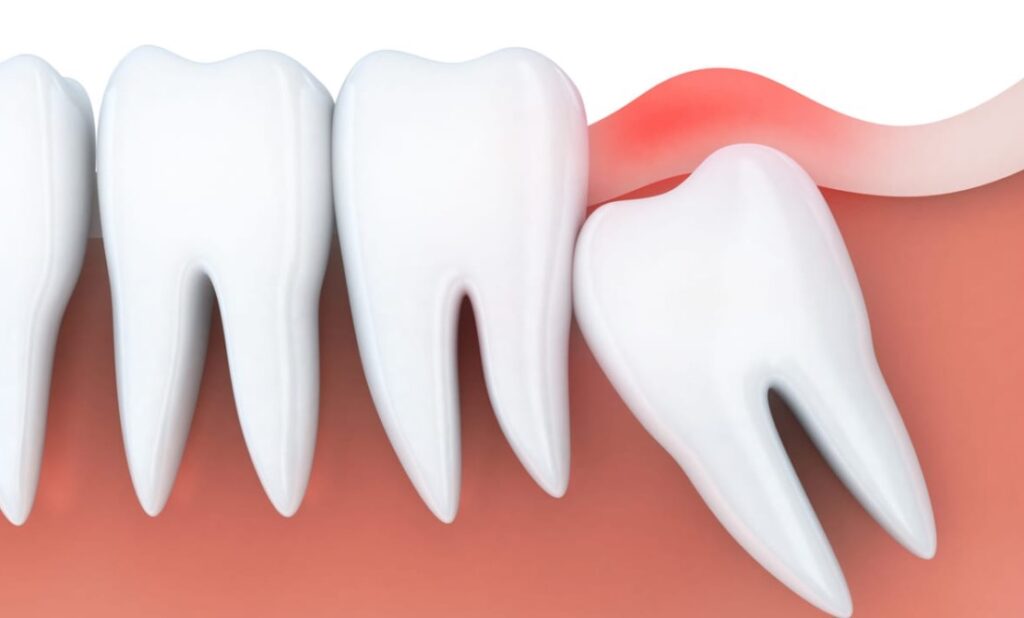
The duration of wisdom tooth extraction varies depending on the structure and position of the tooth. So let's answer the frequently asked question:
How is a wisdom tooth extracted? The method of the operation is decided based on the position of the tooth and its roots in the jaw. In some cases, it may not be possible to remove the tooth in one piece. In such cases, the dentist divides the tooth into several pieces and removes them one by one.
Another method involves making an incision in the gum to extract the tooth. In this method, the tooth is removed more easily. After the tooth extraction is completed, the area is cleaned, and stitches are placed on the gum. The stitches are removed after a while.
This procedure falls within the expertise of oral and maxillofacial surgeons. All these procedures are performed after local anesthesia is applied.
What Should Be Done After Wisdom Tooth Extraction?
It is crucial to take care after wisdom tooth extraction. There may be bleeding in the operated area for a while. To ensure clotting, food should not be eaten and water should not be consumed in the operated area for the recommended period by the dentist. Additionally, saliva should not be retained in the mouth; it should be spit out continuously.
Intense pain may occur after the effect of anesthesia wears off. Using painkillers can help alleviate this pain and possible swelling.
The operated area should not be touched for a while, and the other side of the mouth should be used while eating. Smoking should be avoided for the first 24 hours as it can increase bleeding. Ice compresses also help prevent swelling.
What Happens If Wisdom Teeth Are Not Extracted?
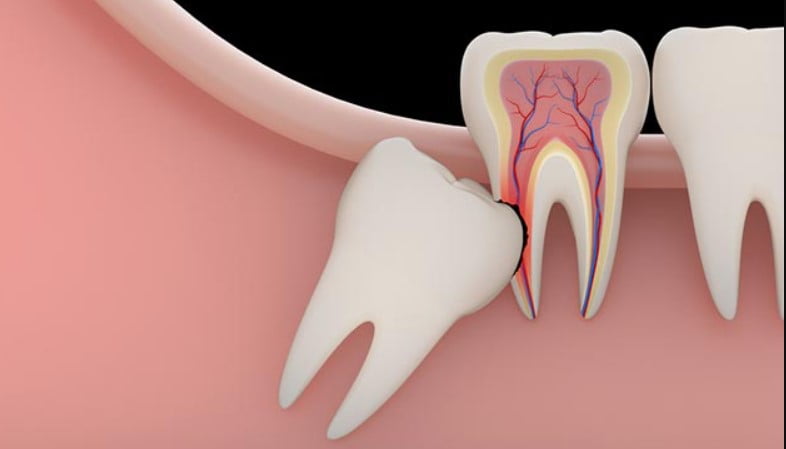
These teeth are the last teeth to emerge in the mouth, and there may be no room for these teeth in the jawbone. In such cases, the tooth may not emerge completely and may exert pressure on other teeth. Additionally, it does not leave a space for cleaning between the tooth and the one in front of it.
If wisdom tooth extraction is not performed, problems such as decay and gum problems may occur in the tooth itself and the adjacent tooth. Moreover, sensitivity, pain, swelling, and lymph node sensitivity may occur in the teeth and tissues.
Frequently Asked Questions
Frequently asked questions about wisdom tooth extraction are as follows
How many wisdom teeth are there?
There are four, one under and one above the jaw, one on the far right and one on the far left.
How many minutes does wisdom tooth extraction take?
Depending on the current structure of the tooth, the duration may vary. However, the extraction process is generally completed between 30 minutes and 1 hour.
What should not be done after wisdom tooth extraction?
In the first few days after tooth extraction, sports involving heavy and rigorous exercise should not be practiced. Also, take care not to touch the wisdom tooth area while brushing your teeth for oral care.

 English
English Turkish
Turkish Deutsch
Deutsch العربية
العربية![[:en]How is Wisdom Tooth Extraction Performed? Post-Procedure and Reviews![:tr]20’lik Diş Çekimi Nasıl Yapılır? Sonrası ve Yapılan Yorumlar![:de]Wie wird eine Weisheitszahnentfernung durchgeführt? Post-Prozedur und Bewertungen![:ar]كيف يتم استخراج الضرس العقل؟ الإجراء اللاحق والمراجعات![:] 20'lik diş çekimi](https://proestetik.com.tr/wp-content/uploads/2023/02/20lik-dis-cekimi-1.jpg)





